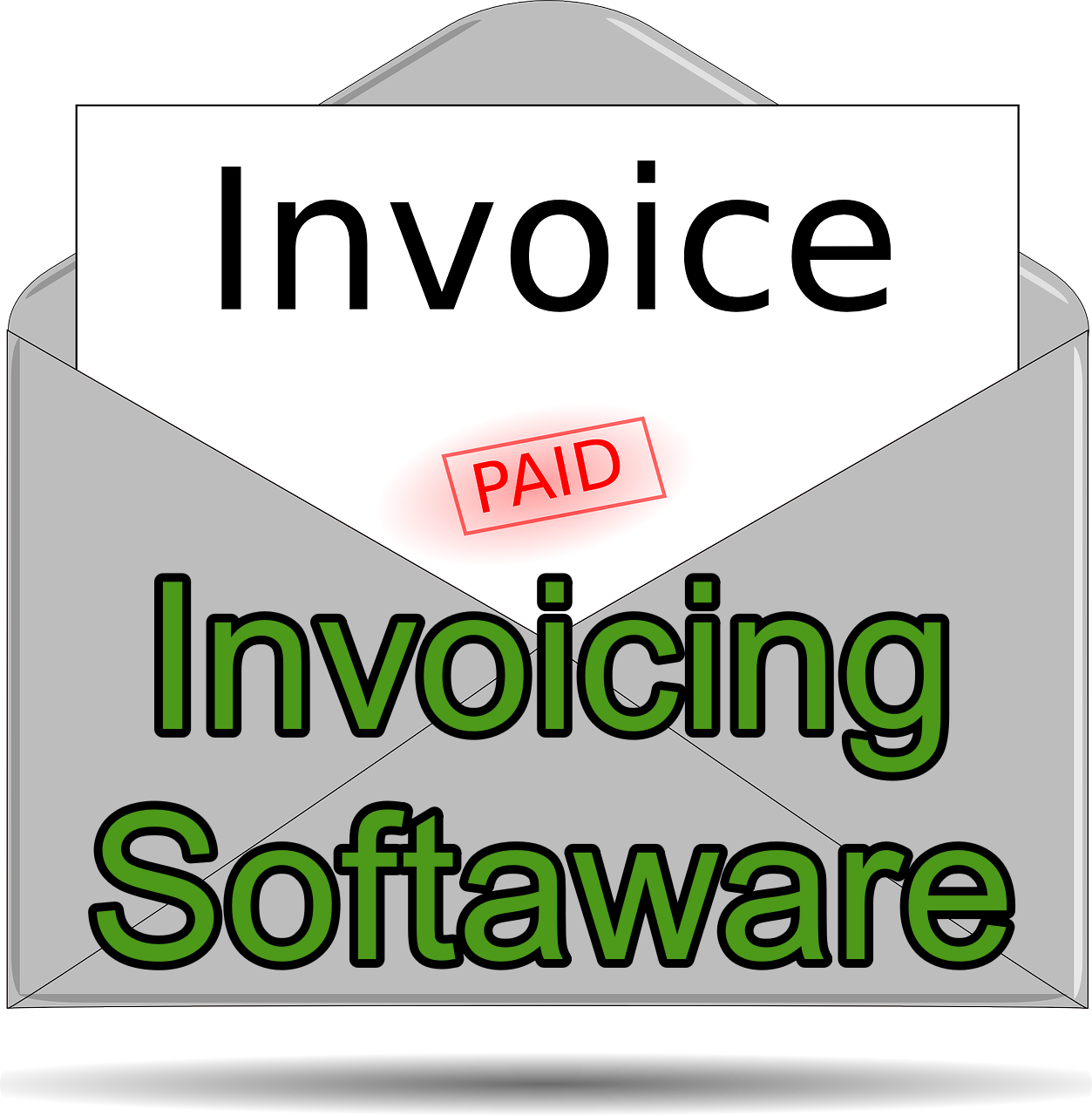How to write a business Plan to get funding
Your business plan is the foundation of your business, by creating a business plan you give your company a road map to follow. A well written business plan will help get you the funding your business need to grow and prosper. In this guide on how to write a business plan to get funding I will show you the 10 essential areas you must cover in your business plan to get funding.

Creating a business plan for funding is not that hard. It just needs to be laid out in away that investors can understand and the format that they are looking for. You have to be ready to back up any claims you make in your plan. Investors are very good about looking for anything that does not add up or lacks clarification.
Why should you create a business plan
A business plan is essential for any business. It can give you a road map to follow and it makes you take a deep look into your business and consider some part of your business you may not have thought of.
It is also mandatory to have a business plan if you are seeking funding or a partnership. Every investor wants to know that you have thought through the process of growing your business and that you have a clear understanding of how it works. Investors want a return on their investment and a business plan can assure them that your business is good investment for their capital.
How to write a traditional Business Plan
A traditional business plan is going to be very detailed and comprehensive. This is for a company that is somewhat established and has some traction already in the market place. A traditional business plan will cover the main areas a business that makes it successful.
1. Executive Summary
The executive summary is the most important part of a business plan. It’s a brief overview of the company’s goals, products, and services. The summary should be no more than two pages long, and it should be clear and concise. The executive summary should be written last, after the rest of the business plan is complete. It should include the company’s mission statement, a brief description of the products and services, a market analysis, financial projections, and a management overview. The executive summary may be the only section that a investor will read and it is what will make or break a potential investor’s decision to invest in the company, so it’s important to get it right.
2. Company Description
A business plan is a document that contains the operational and financial plan of a business, and it is essential for the success of any business. The company description section of the business plan contains a brief overview of the company, including its history, products or services, target market, and competitive advantages. This section should also include a description of the company’s structure, management team, and any other relevant information. The company description is important because it gives readers an understanding of the business and what it plans to achieve. It is also one of the first sections that investors will read, so it is important to make a good impression.
3. Market Analysis
In order to be successful in business, it is essential to have a good understanding of your industry and target market. Competitor research can give you insights into what other businesses are doing and what their strengths are. By looking for trends and themes in your market research, you can determine what makes a successful competitor and how you can improve upon their strategies. Additionally, it is important to answer questions such as why certain strategies work and how you can execute them more effectively.
What is the market size potential?
The market size potential is the estimated total revenue that could be generated by a new product or service. To calculate the market size potential, businesses first need to identify their target market and then estimate the number of potential customers within that market. Once the size of the target market is known, businesses can then estimate how much revenue each customer is likely to generate. The market size potential is a helpful tool for businesses when making decisions about whether to pursue a new product or service.
Competition analysis
In business, competition is inevitable. No matter what industry you’re in, there will always be other companies vying for the same customers and market share. That’s why it’s so important to understand your competition and what they’re doing. Otherwise, you’ll risk being left behind.
Competition analysis is the process of research and studying your competitors in order to better understand their strengths and weaknesses. This information can then be used to improve your own business strategy. There are a number of different ways to conduct a competition analysis, but some of the most common methods include market research, customer surveys, and social media monitoring.
4. Organization and Management
One of the most important aspects of a successful company is its organizational structure and management team. A well-run business will have a clear hierarchy, with different departments and team leaders working together to achieve the company’s goals. The organization of a company can vary depending on its size and industry, but there are some common elements that all businesses should consider. For example, every company should have a marketing department to promote its products or services. There should also be a sales team responsible for generating revenue. Other essential departments include accounting, customer service, and human resources. Each of these departments should be headed by a experienced manager who understands the needs of the company and its employees. By creating a well-organized business plan, companies can ensure that they have the right foundation in place to achieve success.
5. Service Or product line
Describe what you offer or sell. How does it benefit the customer and what competitive advantage does it have over the competition?
Include any copywrites or patents that your product has and if you are creating or researching another product line explain it in detail.
6. Logistics and operations plan
A logistics and operation plan is a critical part of any business. It helps to ensure that products and services are delivered in a timely and efficient manner. The plan outlines the steps that need to be taken in order to meet customer demand, while also maximizing profits. A good logistics and operation plan takes into account all aspects of the business, from production and inventory management to delivery and customer service. It is important to remember that no two businesses are alike, so it is important to tailor the plan to fit the specific needs of the company. With a well-executed logistics and operation plan, a business can increase efficiency, reduce costs, and improve customer satisfaction.
7. Marketing and Sales
Describe your marketing and sales plans. What are you currently doing and how is it working. What are your plans to grow your market share.
You want to tell how you plan to attract and retain customers and what your closing rate is right now.
8. Funding Request
This is where you will outline your funding requirements. How much do you need and what will it be used for. Specify if you want debt or equity and what you are willing to give up in return. Specify if the funds will be used to buy equipment or inventory.
9. Financial Projections
Any successful business needs a sound financial plan. Without financial projections, it is difficult to set goals, track progress, and make informed decisions about where to allocate resources. A good financial projection will take into account a variety of factors, including historical data, current trends, and future goals. It is important to work with a qualified accountant or financial planner to develop accurate financial projections for your business.
10. Appendix
Your appendix should provide supporting documents and other materials that were specifically requested. You can include credit histories, key employee resumes, and other legal documents like permits, patent, or licenses.
You can use a lean startup format if you are just getting started or have not started your business yet. A lean business plan is simple and does not provide as much information a standard business plan

Why write a business plan?
A business plan is a critical tool for any business owner. It provides a roadmap for your business, outlining your short- and long-term goals. It also helps you to track your progress and financial projections. This can be an invaluable resource when it comes time to secure funding or attract investors. A well-written business plan can help to keep you focused and on track as you grow your business.
1. Helps Create a strategic Plan
A business plan can help you think strategically about the future of your company and what it is going to look like. It can help you create a roadmap that will help get you there.
2. Validate research
A good business plan will help validate your research. It can provide evidence that what you are trying to do will work.
3. Partnerships
Is can help you get your foot in the door with strategic partnerships.
Types of business Plans
There are three types of business plans that are the most used.
Traditional
A traditional business plan is a document that contains a detailed description of the proposed business, including its products or services, marketing strategy, and financial projections. It is typically used to raise capital from investors or to secure loans from lenders. The business plan should be concise and easy to understand, while still providing all the relevant information that potential investors or lenders will need to make a decision. A traditional business plan typically includes the following sections: executive summary, company overview, product or service offering, market analysis, marketing and sales strategy, financial projections, and appendix. While there is no set format for a traditional business plan, it is important that all of the key information is included in order to give investors or lenders a clear picture of the proposed business.
Lean
A lean business plan is a document that contains a company’s financial projections and strategies for achieving its goals. It is typically used to attract investors or obtain financing from banks. A lean business plan is a simplified version of a traditional business plan. It contains only the most essential information, such as the company’s mission statement, target market, and competitive advantage. Lean business plans are less detailed and shorter than traditional business plans, making them easier and faster to write. They are also more flexible, since they can be easily updated as the company’s circumstances change. As a result, lean business plans are becoming increasingly popular with startup companies.
Nonprofit
A nonprofit business plan is a document that describes the purpose, goals, and strategies of a nonprofit organization. The plan serves as a roadmap for the nonprofit and can be used to secure funding from donors and investors. The nonprofit business plan typically includes an overview of the nonprofit’s mission and vision, a description of its programs and services, an analysis of the nonprofit’s financial needs, and a marketing plan. The nonprofit business plan should be reviewed and updated on a regular basis to ensure that it remains relevant and achievable.
Business Plan writing tips
1. Proofread
It is important to make sure your business plan is free from any major grammar errors and major spelling errors. Your business plan is a direct reflection on your business and you want to give the right first impression.
2. Use free resources
There are a lot of free resources available to help you write a business plan. One of the best is SCORE, which has a presence in almost all major cities. SCORE is a group of retired executives that help mentor young companies.
How to write a business plan for a loan
Before you can apply for a loan, you need to have a strong business plan in place. This document should outline your business goals and objectives, as well as your strategies for achieving them. It should also include information on your target market, your competition, and your financial projections. loan officers will use this information to assess your loan request and determine whether or not you are a good fit for their lending criteria. By taking the time to create a comprehensive business plan, you will increase your chances of securing the financing you need to grow your business.
How to write a small business plan
A small business plan is a document that outlines the goals, strategies, and challenges of starting and running a small business. It’s important to have a small business plan because it helps you stay organized and focused on your goals. Plus, it can be used to attract investors or partners.
There are a few key components to a small business plan. The first thing you need to do is clearly state what your business does. This should include a brief description of your products or services. You need to outline your goals and strategies. What are your long-term and short-term goals? How will you achieve them? Finally, you need to identify any potential challenges you may face. This could include things like competition, financial difficulties, or regulatory hurdles.
Writing a small business plan doesn’t have to be complicated. Just take some time to sit down and think through all the key elements. Once you have a good understanding of what you want to accomplish, and it will be much easier to put it all into writing.
Business plan ideas
When it comes to economic growth, entrepreneurship is a crucial driving force. Entrepreneurs create new businesses, products, and services that can meet market demands and fuel economic activity. However, starting a business requires capital, and this is where venture capital comes in. Venture capitalists invest in startups in exchange for equity and the potential for high returns on their investment.
But how do venture capitalists evaluate the potential of a startup? There are many factors to consider, including the problem the business aims to solve, the team’s experience and expertise, and the market potential. In essence, they need to assess the value proposition of the business and determine if it can generate enough revenue to cover its costs and provide a profit.
This is where problem solving comes into play. Entrepreneurs need to identify a real problem that people are willing to pay to solve. They also need to determine the best solution and create a business model that can deliver the solution profitably. The location of the business can also be a critical factor in its success. Being close to suppliers or customers can reduce costs and improve efficiency, while being located in a hub for a particular industry can provide access to resources, networks, and expertise.
Value and price are essential considerations for any business. The value proposition of a product or service is what sets it apart from competitors and attracts customers. The price needs to be set at a level that covers the cost of production and provides a reasonable profit margin. Cashflow is also crucial as it reflects the inflow and outflow of cash from the business. A positive cashflow is necessary to ensure that the business can pay its bills and invest in growth.
While venture capital is a common source of funding for startups, it is not the only option. Grants can be another way for entrepreneurs to secure funding, especially for social enterprises or businesses that focus on research and development. Grants are often available from government bodies, foundations, and other organizations that support specific causes or industries.
Ultimately, the goal of any business is to generate a profit. Profit is the reward for taking on risk and creating value for customers. However, profit is not the only measure of success. Social impact, environmental sustainability, and other factors can also be important considerations for entrepreneurs and investors alike.
In conclusion, entrepreneurship is a vital driver of economic growth, and venture capital is an essential source of funding for startups. Evaluating the potential of a business requires assessing its value proposition, the team’s experience, and market potential. Problem solving, location, value, price, cashflow, and profit are all critical considerations for any business. While venture capital is a common source of funding, grants can also be a viable option. Ultimately, the goal of any business is to generate a profit, but social impact and sustainability can also be essential factors to consider.

how to start a home business

















